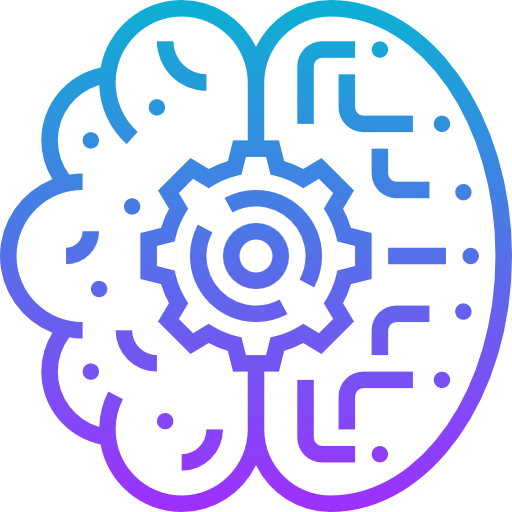Can A/B Testing Improve Healthcare? Boosting Patient Satisfaction and Reducing Human Error
Table of Content
Background
As a doctor who transitioned into software development, I’ve always been fascinated by how the principles of tech optimization can improve patient care. One technique that bridges both worlds effectively is A/B testing.
Although commonly used in tech and marketing, A/B testing can be a game-changer in healthcare by enhancing clinical workflows, improving patient satisfaction, and reducing human error.
When combined with automation and principles of value-based healthcare, it can lead to data-driven improvements that make life better for both patients and medical staff.
Let’s explore how A/B testing can work in healthcare settings and why it deserves more attention.
Before we start, I would like to thank my colleague/ friend Dr. Mohammed Shehab, for encouraging me to publish this post.
What is A/B Testing and Why Should Healthcare Care?
A/B testing (or split testing) compares two versions of a process to determine which one works better. In healthcare, this means testing current workflows (Version A) against improved or automated versions (Version B).
The goal? To see which approach improves patient satisfaction, reduces wait times, and minimizes human error.
For example, imagine testing two methods of collecting patient information at check-in:
- Group A: Traditional paper-based forms.
- Group B: Digital check-in kiosks with automation.
You measure patient wait times, satisfaction scores, and error rates in both groups to determine which method is better.
How A/B Testing Benefits Healthcare
1. Enhancing Patient Satisfaction
Patient satisfaction is a key indicator of healthcare quality. A/B testing helps identify changes that actually improve the patient experience.
Consider these examples:
- Appointment Reminders:
Test SMS reminders (Group A) against phone call reminders (Group B) to see which reduces missed appointments. - Discharge Process:
Compare a manual discharge process (Group A) with an automated digital process (Group B) to see which improves patient satisfaction and reduces waiting times.
In one hospital project, I found that automating discharge summaries reduced wait times by 40%, making patients happier and freeing up beds faster.
2. Reducing Human Error
Human error in healthcare can have serious consequences. A/B testing helps identify processes that reduce these risks. For example:
- Medication Administration:
Compare the effectiveness of manual medication lists (Group A) with an automated medication tracking system (Group B). Track error rates to determine which system reduces mistakes. - Data Entry:
Test whether voice-to-text documentation reduces errors compared to manual typing.
By pinpointing the processes with fewer errors, healthcare providers can adopt safer, more reliable methods.
3. Optimizing Clinical Workflows with Automation
Automation is a powerful ally in healthcare, as outlined in this guide to hospital task automation. A/B testing helps determine which automation solutions work best for your staff and patients.
Examples include:
- Patient Intake:
Compare manual intake forms (Group A) with automated digital check-ins (Group B). Measure the impact on staff efficiency and patient wait times. - Scheduling Systems:
Test traditional fixed-time appointments (Group A) against flexible, staggered scheduling (Group B) to reduce patient bottlenecks.
Value-Based Healthcare: Where A/B Testing Fits In
Value-based healthcare rewards providers for delivering better outcomes, not just more services. A/B testing supports this by ensuring that process changes are backed by data and lead to measurable improvements.
For example, testing a new patient follow-up system could show that it reduces readmission rates — directly supporting value-based care goals.
In my experience, a well-tested automated follow-up system improved patient outcomes and satisfaction by providing timely reminders and reducing missed follow-ups.

How to Implement A/B Testing in Healthcare
- Identify the Problem:
What inefficiency or error do you want to solve? Long wait times, patient dissatisfaction, or medication errors? - Set Clear Goals:
For example, “Reduce patient check-in time by 20%” or “Cut medication errors by 30%.” - Design the Test:
- Version A (Control): Current process.
- Version B (Test): Improved process, possibly automated.
- Collect Data:
Use KPIs like wait times, error rates, or patient satisfaction scores. - Analyze Results:
Determine which version performed better using statistical analysis. - Roll Out the Best Version:
Implement the winning process to benefit the entire organization.
My Experience: Small Changes, Big Impact
In one clinic I consulted before, we tested an automated appointment reminder system using a Telegram Bot i built, against the traditional manual call system that include manual confirmation.
After two months:
- SMS reminders (Version B) reduced missed appointments by 25%.
- Patient satisfaction scores increased because people appreciated the convenience.
- Smooth experience without errors.
This simple A/B test led to a permanent, automated solution that saved staff time and improved patient care.
Final Thoughts
A/B testing is a low-cost, high-impact way to improve healthcare processes, enhance patient satisfaction, and reduce human error. When paired with automation and value-based healthcare principles, it empowers hospitals and clinics to make data-driven decisions that truly benefit patients.
If you’re a doctor, developer, or healthcare administrator frustrated by inefficiency, consider A/B testing as part of your toolkit. You might be surprised by how much of a difference it makes.
Have you tried A/B testing in your clinic or hospital? What were the results? Let’s discuss and share insights!











